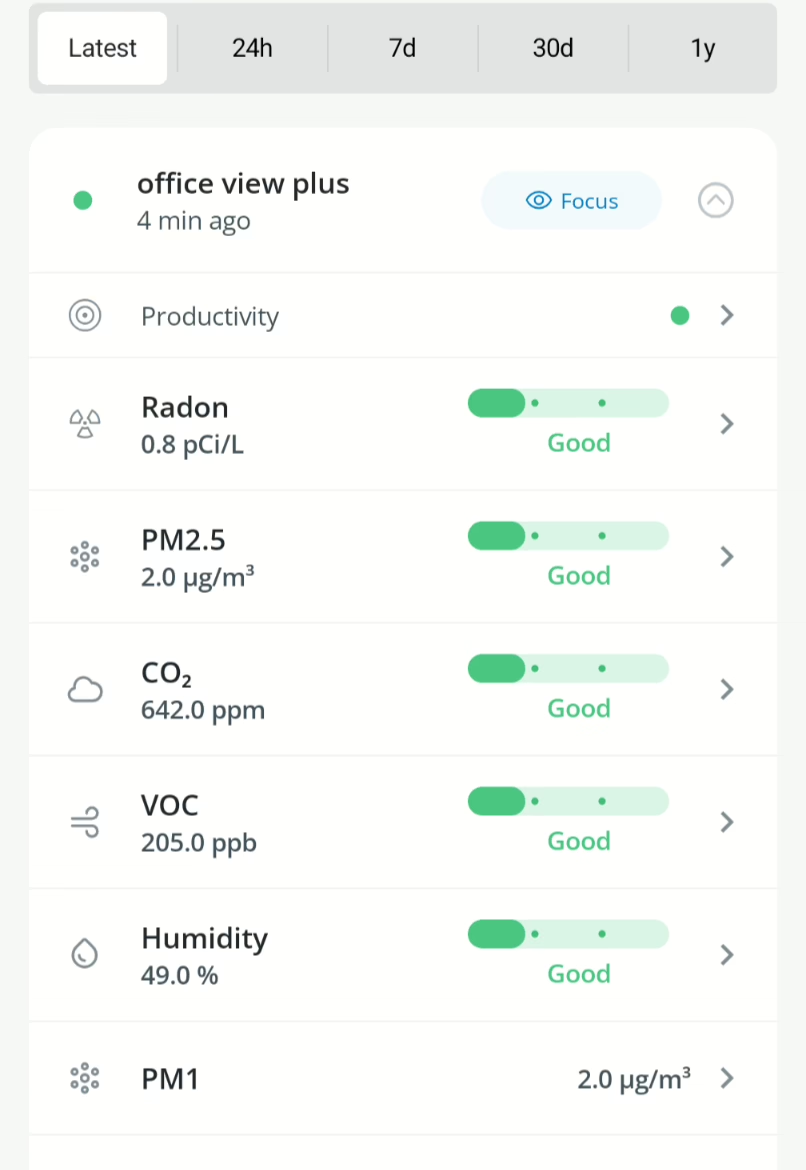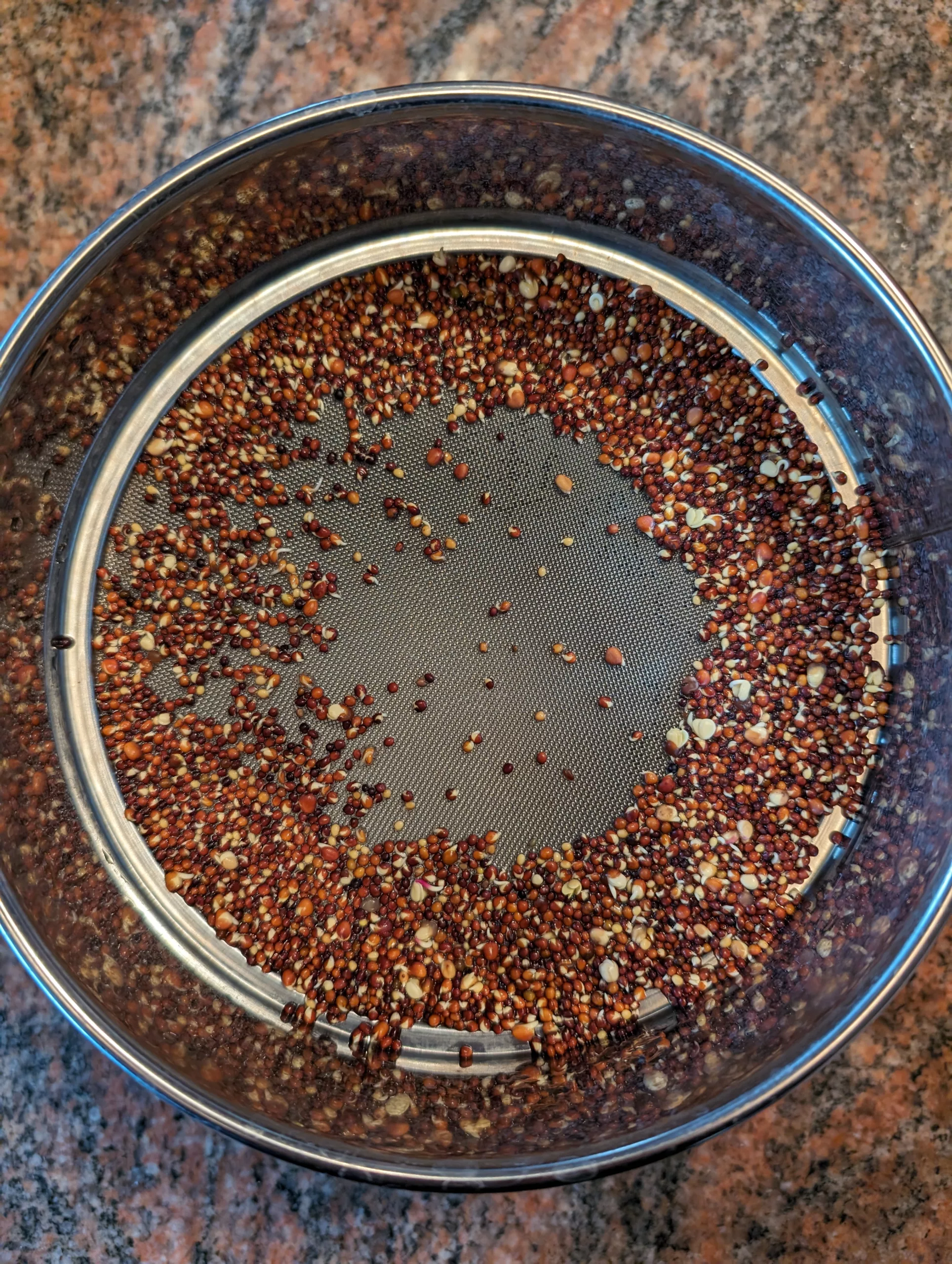In today’s fast-paced world, being productive is crucial for achieving success in both personal and professional life. With numerous tasks competing for our attention, it’s easy to get bogged down and lose focus. However, by implementing a few simple yet effective strategies, you can significantly boost your productivity and accomplish more in less time.
How to Be Productive: Strategies for Achieving More in Less Time
Set Clear Goals
The first step towards increasing productivity is to set clear and specific goals. What do you want to achieve? What are your priorities? I used to use SMART (specific, measurable, achievable, relevant, and time-bound) goals for this. I’ve since moved to using OKRs. I find OKRs simpler because they really just consist of two things: an Objective and Key Results. The Objective is why you’re doing the task in the first place. Key Results are how you plan to measure that your Objective is being met.
No matter how you decide to define your goals, you will likely need to break them down into smaller, manageable tasks. This will help you stay focused and directed, ensuring that you’re making progress towards your goals.
Create a Schedule
A well-planned schedule is essential for maximizing productivity. Allocate specific time slots for each task, taking into account your energy levels and concentration. Be realistic about how long each task will take, and leave some buffer time for unexpected interruptions. Use a system to stay organized and on track.
Prioritize Tasks
Not all tasks are created equal. Identify the most critical tasks that align with your goals and tackle them first. At a minimum, use the Eisenhower Matrix to categorize tasks into:
- Urgent and important (Do first)
- Important but not urgent (Schedule)
- Urgent but not important (Delegate, if Possible)
- Not urgent or important (Eliminate)
Minimize Distractions
Distractions are a major productivity killer. Identify common distractions such as social media, email notifications, or chatty coworkers, and avoid them while you work.
Implement these strategies to stay on track:
- Turn off notifications for non-essential apps; Use other ‘Do Not Disturb’ settings.
- Limit social media and email checks. Use website blockers if your own will power is not strong enough.
- Create a quiet, comfortable workspace
- Schedule breaks to recharge and avoid burnout
Use the Pomodoro Technique
Personally, I often use the Pomodoro Technique. This involves working in focused 25-minute increments, followed by a 5-minute break. After four cycles, take a longer break of 15-30 minutes. This helps you both stay focused and avoid burnout by scheduling regular breaks to recharge.
Leverage Technology
Even though technology can be a curse when it comes to productivity, proper use, can be a blessing. Utilize tools like project management software, browser extensions, or mobile apps to streamline tasks, automate repetitive processes, and enhance organization. You may need to explore various tools to find what works best for you.
Review and Adjust
Regularly evaluate your progress toward your goals, adjusting your approach as needed. Celebrate accomplishments and identify areas for improvement. Create new tasks when discovering gaps in the initial breakdown of the goal.
Take Care of Yourself
Finally, don’t forget to take care of your physical and mental well-being. Regular exercise, healthy eating habits, and adequate sleep are essential for maintaining energy levels and cognitive function. Incorporate meditation or practice deep breathing exercises to reduce stress when you’re not in your ‘focused’ time increments.
Develop a Morning Routine
Even if you don’t take time for yourself throughout the day, starting it with a positive ritual sets the tone for productivity. Incorporate activities that boost energy and motivation, such as:
1. Exercise or meditation
2. Journaling or goal-setting
3. Reading or learning something new
My Technique
My personal productivity technique is highly derived from David Allen’s “Getting Things Done: The Art of Stress-Free Productivity“. I read this book when it first came out and nothing has been more beneficial to my productivity than what arose out of reading this. I started a system that was paper based as described in the original book, but quickly developed my own iteration using electronic tools. I’ve morphed this system to different tool chains at least 3 major times, but continue to use the same basic principles with some added enhancements of my own.
The Five Steps of Getting Things Done
The Getting Things Done (GTD) methodology is a comprehensive system for managing tasks, projects, and goals. The five core steps of GTD are:
- Capture: Collect and gather all tasks, ideas, and projects in a centralized system. This can be a notebook, digital tool, or app. The goal is to get everything out of your head and into a trusted system. Getting things out of your head really minimizes the ‘stress’ of potentially forgetting something.
- Clarify: Process and organize the captured information into actionable tasks. Break down large projects into smaller, manageable steps. Identify the desired outcome and the next action required to move forward.
- Organize: Categorize and prioritize tasks based on context, project, and priority. Use lists, tags, and folders to create a structured system that makes sense to you.
- Reflect: Regularly review and update your system to ensure it remains current and accurate. This step helps you stay on track, adjust priorities, and make informed decisions.
- Engage: Take action on the tasks and projects outlined in your system. Focus on the next step required to move forward, and trust that your system will guide you through the process.
How to Be Productive with GTD
Here is how I implement GTD in my daily life. Currently I use Trello as my entry point into my ‘Capture’ system.
Boards
I have boards setup in Trello for each of the major project areas in my life. Some examples include: House, Garden and a separate board for each organization that I do work for. Each board at the bare minimum has buckets for: TODO, In Progress, Done. Many of the organization boards have additional buckets based on the workflow in that organization.
Cards
I have special cards on each board that represent my OKRs. Every other card is a task that needs to be done. I use the Google drive and calendar integrations to connect cards to my schedule and to any supporting documentation that I may want to be able to refer to. When I complete a Card, I’ll move it to the ‘Done’ bucket and archive it. Archiving it allows me to exclude it from searches and get it out of ‘My Cards’ view without losing all the historical information related to it.
Checklists
I use Trello Checklists to relate any task card back to an OKR. Ideally each of these task cards are small enough and detailed enough to be actionable. If not, they can be broken down further using additional checklists and the parent card can be designated as a ‘blocker’. Often if more information is needed, a task card might just be an ‘investigate something further’ card. At any point in time, the non-DONE cards on a checklist should be organized so that the GTD ‘next action’ is clear.
Labels
I use Trello Labels to denote cards that are ‘blockers’. When this is done, I know that more work needs to be done before I can go onto the next priority I also use Trello Labels to identify cards that require special equipment (in front of a computer, use of a phone, something that can be done while walking) or to be in a special location (at the grocery store, at a hardware store, etc.). I’ve then trained myself to check ‘in progress’ items in Trello whenever I’m in one of these states where I can complete these ‘special’ items.
Review My Cards
I use the ‘My Cards’ functionality of Trello as the main entry point into exactly what I’m working on ‘now’. At a minimum, I review this at the beginning of the week and at the end of each work day. My first priority is always to get a backlog of items, related to an Objective that has high near term ROI, to the ‘next action’ state. This usually involves digging into ‘blockers’ that are ‘in progress’ and understanding what’s blocking them. This results in breaking down existing or creating more Task Cards for investigation and adding them to the appropriate checklists. Often, checklists will need to be reprioritized as part of this review process.
Common GTD Mistakes to Avoid
No matter what system you use to practice GTD, be aware of these common pitfalls:
- Over-Organizing: Avoid creating too many lists, tags, and folders. Only make your system as complicated as necessary to work for you.
- Under-Reviewing: Regular review sessions are crucial to maintaining a healthy GTD system. Schedule time to update and adjust your system regularly.
- Not Capturing Everything: Make sure to capture all tasks, ideas, and projects in your system. This helps you stay on top of your work and avoid mental clutter. Once my brain realized that I was using my system 100%, I’ve never felt so stress free as an adult.
How are YOU Productive?
Productivity is a skill that can be developed with practice, patience, and persistence. By implementing these strategies, you’ll be better equipped to manage your time, prioritize tasks, and achieve your goals. Remember to stay flexible and adapt to changing circumstances, and don’t be too hard on yourself when faced with setbacks. With time and effort, you’ll master the art of productivity and unlock your full potential. What are your favorite productivity tips and tricks? Share them in the comments below!




